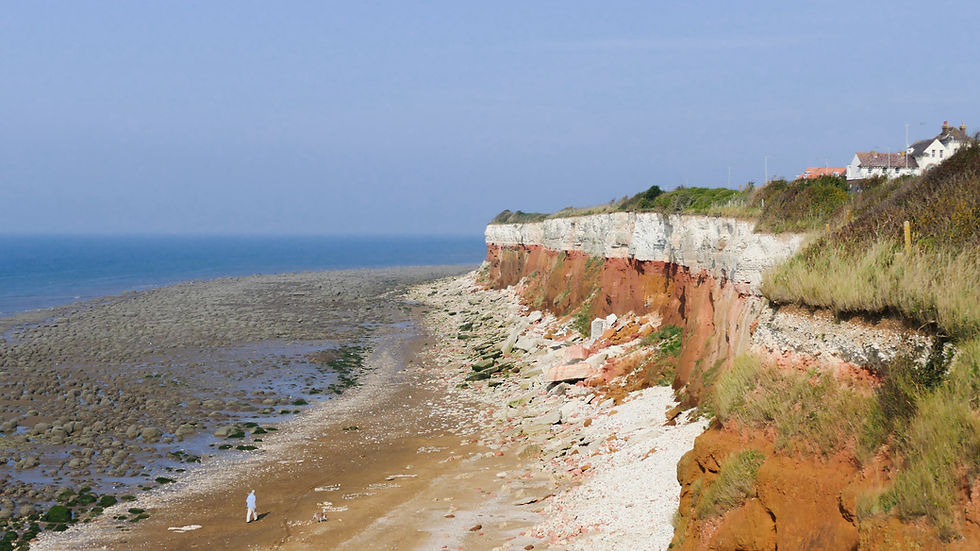Researchers claim a simple and affordable solution to halt coast crumble
- Sienna Brown
- Sep 1, 2024
- 2 min read
Scientists have reportedly discovered an easy and cost-effective method to protect against soil erosion beneath homes and the destruction of forests and beaches.

In many regions worldwide, coastlines and cliffs are encroaching ever closer to residential areas and wooded landscapes. Rising sea levels and increasingly severe weather conditions have already taken a toll, causing significant damage to both natural environments and built structures.
Innovative coastal protection inspired by nature
In response to these challenges, a team of researchers has developed what they describe as a straightforward and inexpensive way to secure coastal lines. Drawing inspiration from a small marine organism, they incorporated an additional ingredient to enhance the solution.
The team studied how mussels form their shells, utilizing natural cementation processes. Mussels create their shells from dissolved minerals in seawater, using their own energy to harden the material. Translating this biological approach to the laboratory, the researchers applied energy to similar minerals, triggering the same hardening process.
“By using mild electrical stimulation on materials sourced from the ocean, we have systematically and mechanically demonstrated that it is possible to cement them by converting loose minerals in seawater into solid binders,” explained Alessandro Rotta Loria, the study’s lead researcher, in a press release.
A approach to coastal stability
The formula for this coastal protection method also includes seabed sand. The researchers tested various types to determine the most effective combination. By applying between 2 and 3 volts of electricity to the minerals and sand, the team initiated a chemical reaction that transformed the ingredients into solid calcium carbonate, a compound naturally found in different types of rocks. This process resulted in a hardened material.
Additionally, the minerals acted like a glue, binding the sand particles together so effectively that the resulting material is reportedly stronger than concrete and as robust as a dike. Laboratory experiments indicated that longer periods of electrical stimulation produced more durable material, suggesting that this solution could maintain shoreline stability for several decades.
Promising future for coastal protection
The study, published in the scientific journal Nature Communications Earth and Environment, highlights a promising advancement in combating coastal erosion. By mimicking natural processes and utilizing readily available materials, this method offers a sustainable and economical way to protect vulnerable coastal areas from ongoing environmental threats.
As coastal regions continue to face the impacts of climate change and human development, such innovative solutions are crucial for preserving both natural ecosystems and human infrastructure. The researchers' breakthrough could pave the way for broader applications in shoreline management and environmental conservation.